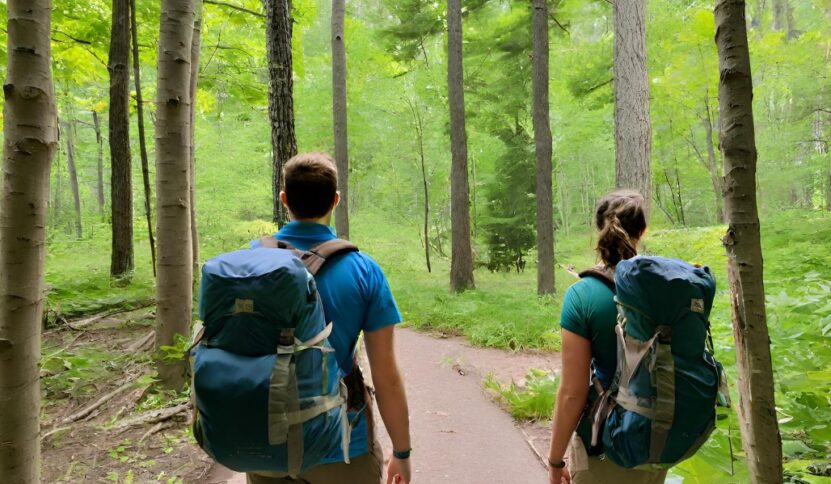Minnesota, a land of over 10,000 lakes and vast wilderness, is a backpacker’s paradise, especially in its northern region.
With an array of state parks offering everything from rugged trails to serene lakeside campsites, the state is a treat for outdoor enthusiasts.
Today, I will guide you through the best Minnesota State Parks for backpacking up north, highlighting their unique features and providing practical tips to make your adventure memorable.
1. Boundary Waters Canoe Area Wilderness
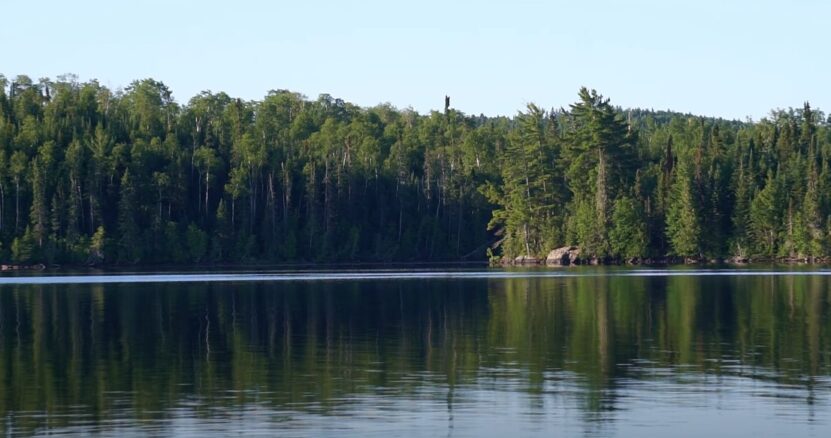
The Boundary Waters in northern Minnesota is a remote adventure area with over 1,100 lakes, 1,200 miles of canoe routes, and 2,000 designated campsites.
This vast wilderness area is perfect for backpackers seeking a blend of canoeing and hiking.
The area’s pristine waterways and untouched forests provide a peaceful escape into nature.
Key Features:
- Over 1,100 lakes
- 1,200 miles of canoe routes
- 2,000 campsites
- Remote and unspoiled wilderness
2. Wild River State Park
Located less than an hour from St. Paul, Wild River State Park offers wilderness camping along the scenic St. Croix River.
This park features seven hike-in sites and four canoe-in sites, making it an excellent choice for those who enjoy both hiking and water activities.
Key Features:
- Riverside camping
- Seven hike-in sites
- Four canoe-in sites
- Proximity to St. Paul
3. Itasca State Park
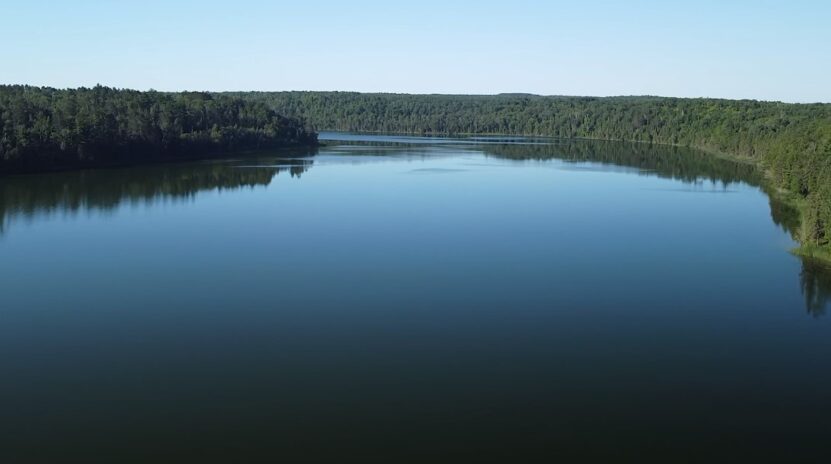
Itasca State Park, the birthplace of the Mississippi River, is home to 11 rustic hike-in sites.
These sites are situated between 1 and 5 miles from the trailhead, offering a genuine backcountry experience.
The park’s diverse landscapes and historic significance make it a must-visit destination.
Key Features:
- Birthplace of the Mississippi River
- 11 hike-in sites
- Rich historical significance
Backpacking in Central and Southern Minnesota
1. Myre-Big Island State Park – Secluded Camping Near Albert Lea
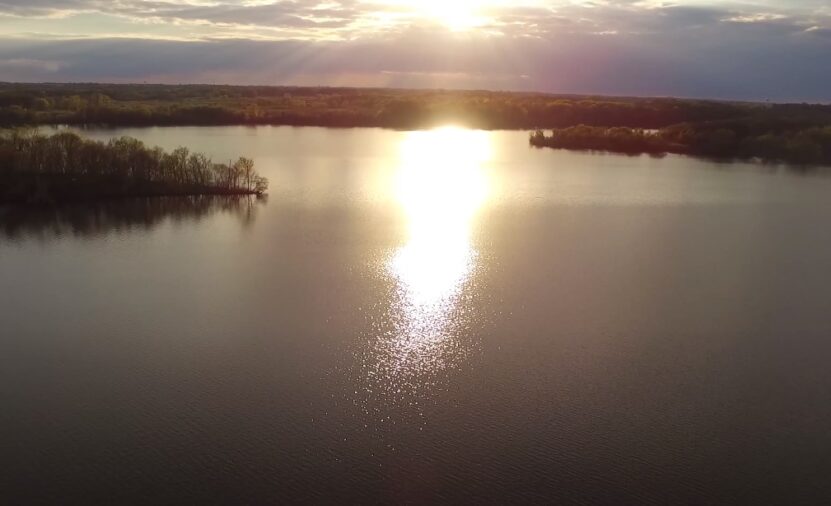
While not in northern Minnesota, Myre-Big Island State Park near Albert Lea deserves mention for its four secluded hike-in campsites.
These sites offer a tranquil setting for backpackers looking for a quieter experience in southern Minnesota.
Key Features:
- Four secluded hike-in sites
- Tranquil and quiet atmosphere
2. Maplewood State Park – Lakeside Wilderness Camping
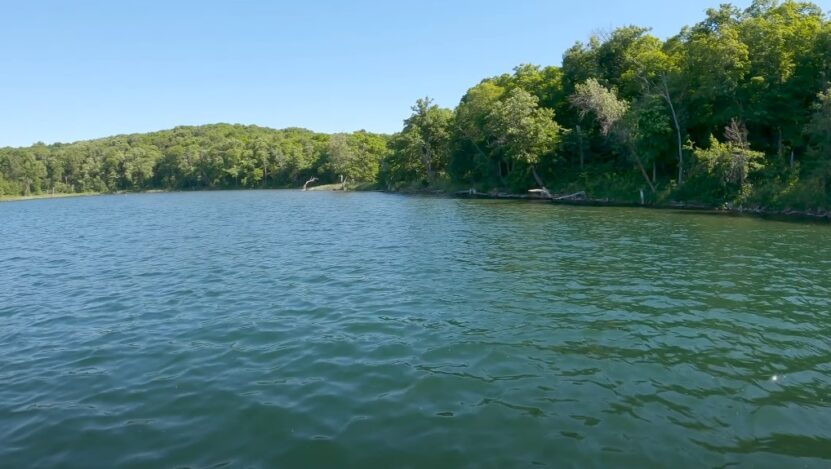
Maplewood State Park in central Minnesota boasts three hike-in campgrounds.
The highlight is a site on Beers Lake, accessible via a 2.5-mile hike or a half-mile paddle, providing an idyllic lakeside camping experience.
Key Features:
- Three hike-in campgrounds
- Lakeside camping
- Accessible via hike or paddle
Practical Tips for Backpacking in Minnesota
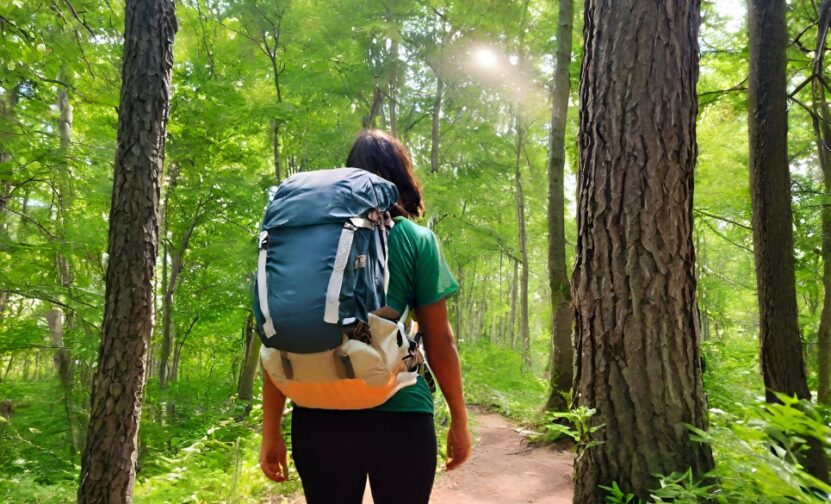
Before setting off on your backpacking adventure in Minnesota, consider these essential tips:
- Permits: Vehicle permits are required for entry into Minnesota state parks.
- Gear: Ensure you have adequate footwear, water, sunscreen, bug spray, and snacks.
- Navigation: Pick up a paper map or load a GeoPDF map, as cell service is often unavailable.
- Accessibility: Some parks have stroller and wheelchair-friendly trails.
- Respect Nature: Leave no trace, leash your dogs, and clean up after them.
Exploring Lake Superior’s North Shore
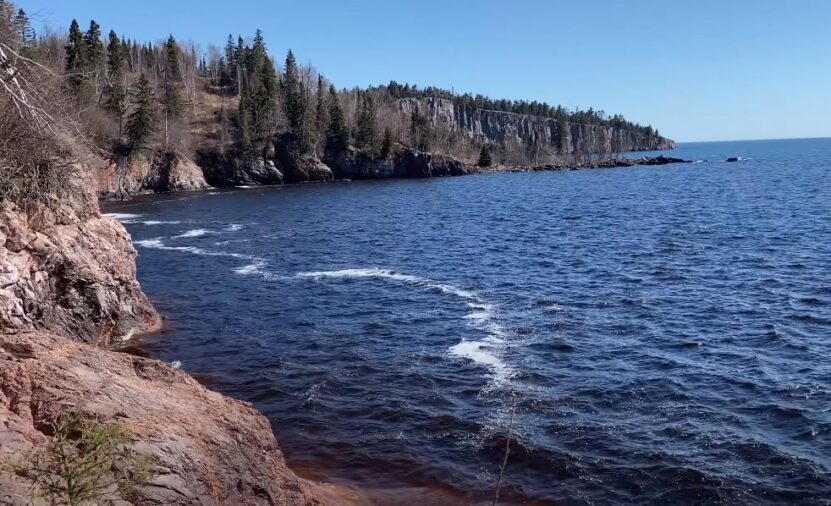
Lake Superior’s North Shore is renowned for its rugged landscape, with eight state parks along the coastline.
These parks offer diverse camping, hiking, and waterfall experiences.
Gooseberry Falls State Park
Key Features:
- Gateway to the North Shore
- Picturesque waterfalls
- 69 drive-in camping sites, including wheelchair-accessible options
Split Rock Lighthouse State Park
Key Features:
- Stunning Lake Superior views
- Historic lighthouse
- Diverse camping options, including backpack sites
Tettegouche State Park
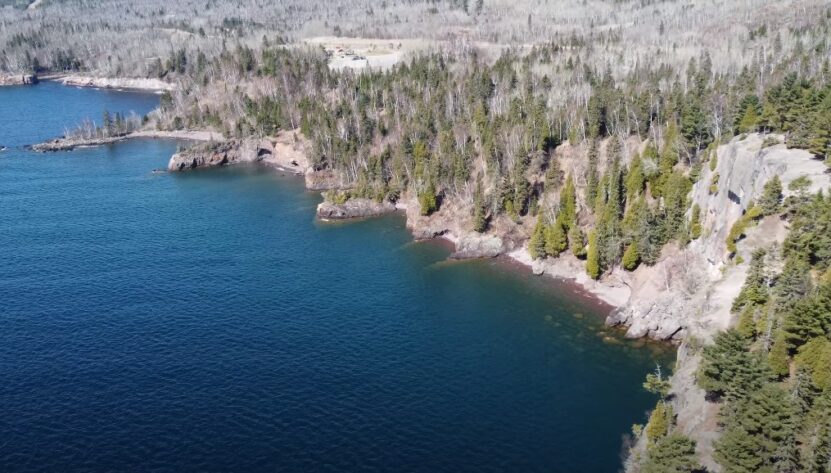
Key Features:
- 60-foot waterfall
- Lake Superior views
- 28 drive-in sites along the Baptism River
George H Crosby Manitou State Park
Key Features:
- Back-country hiking trails
- Secluded backpack-only campsites
Temperance River State Park
Key Features:
- Trails along the Temperance River Gorge
- Sandy beaches
Cascade River State Park
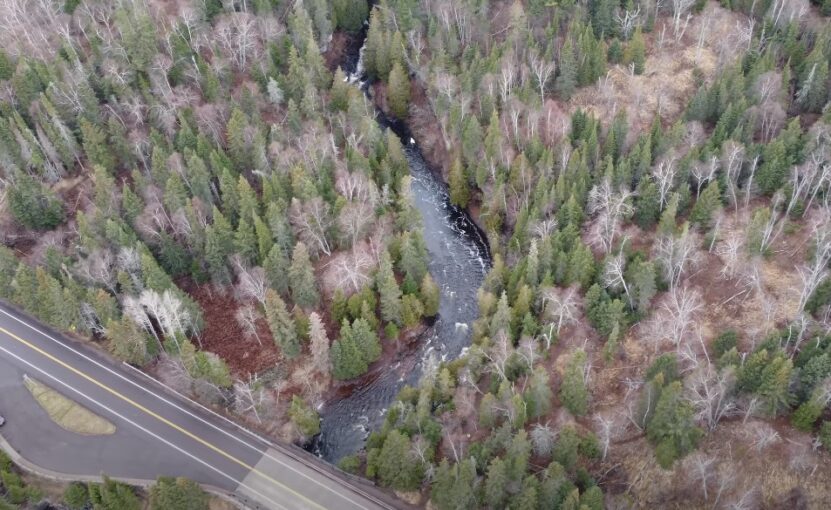
Key Features:
- Five small waterfalls
- Lush boreal forest
- 40 drive-in campsites
Judge C.R. Magney State Park
Key Features:
- Devil’s Kettle Waterfall
- 27 wooded drive-in sites
Grand Portage State Park
Key Features:
- Highest waterfall in the state, High Falls
- Nearby RV camping options
Minnesota State Parks Backpacking Guide
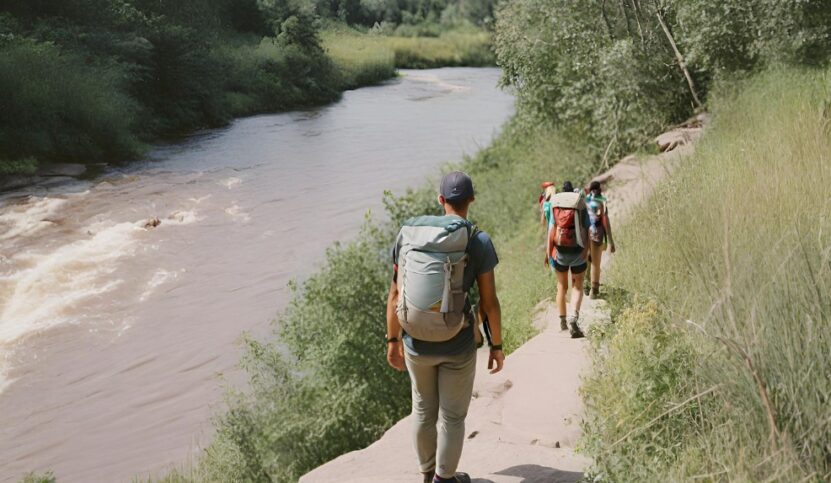
Preparing for Your Adventure
Proper preparation is essential for a successful and enjoyable backpacking trip in Minnesota’s state parks. Here are some key considerations:
Gear Essentials
- Backpack: Choose a comfortable, durable backpack with enough capacity for your trip.
- Tent: A lightweight, weather-resistant tent is crucial for shelter.
- Sleeping Bag: Select a sleeping bag suitable for the season.
- Cooking Gear: Compact stoves and lightweight cookware are ideal for backpacking.
- Water Filtration: Always carry a reliable water filtration system.
Clothing and Footwear
- Layers: Dress in layers to adapt to changing temperatures.
- Footwear: Durable, waterproof hiking boots are a must.
- Rain Gear: Be prepared for rain with a waterproof jacket and pants.
Safety and Navigation
- First Aid Kit: Carry a basic first aid kit for emergencies.
- Maps and Compass: Even if you have a GPS, a paper map and compass are essential backups.
- Emergency Whistle: Useful for signaling in case of an emergency.
Respecting the Environment
When backpacking in Minnesota’s state parks, it’s important to practice Leave No Trace principles:
- Plan Ahead and Prepare: Know the regulations and special concerns of the area you’ll visit.
- Travel and Camp on Durable Surfaces: Stick to established trails and campsites.
- Dispose of Waste Properly: Pack out all trash, leftover food, and litter.
- Leave What You Find: Preserve the past; examine but do not touch cultural or historic structures and artifacts.
- Minimize Campfire Impacts: Use a lightweight stove for cooking and enjoy a candle lantern for light.
- Respect Wildlife: Observe wildlife from a distance and do not follow or approach them.
- Be Considerate of Other Visitors: Respect other trail users and protect the quality of their experience.
FAQs
Are there any fees for backpacking in Minnesota State Parks?
Yes, most Minnesota State Parks require a vehicle entry permit.
Additionally, there might be separate fees for camping, especially for designated backpack-in campsites.
Can I fish in the lakes during my backpacking trip?
Yes, fishing is allowed in many lakes within Minnesota State Parks.
However, you must have a valid Minnesota fishing license and be aware of specific regulations for each park and lake.
Are campfires allowed in the backcountry campsites?
Campfire policies vary by park. In some parks, fires are only allowed in designated fire rings or pits, while others may have restrictions based on season or fire danger levels.
Always check the specific park regulations before your trip.
Is it possible to reserve backpack-in campsites in advance?
Yes, many Minnesota State Parks allow you to reserve backpack-in campsites in advance.
It’s highly recommended to do so, especially during peak season, as these sites can fill up quickly.
What should I do in case of encountering wildlife, such as bears?
If you encounter wildlife, such as bears, maintain a safe distance, do not feed them, and securely store your food and scented items.
In the rare event of a bear encounter, speak loudly to make your presence known and slowly back away without turning your back to the bear.
Are there guided backpacking tours available in these parks?
Some parks and local outfitters offer guided backpacking tours, which can be a great option for beginners or those looking to learn more about the area.
Check with individual parks or local adventure companies for availability and details.
Final Words
Minnesota’s northern wilderness offers an unparalleled backpacking experience.
From the remote Boundary Waters to the majestic Lake Superior North Shore, each park presents a unique adventure.
Whether you’re a seasoned backpacker or a novice explorer, these parks provide a perfect backdrop for your next outdoor excursion.
Remember to respect the environment and prepare adequately to ensure a safe and enjoyable trip.
If you are gourmet and want to check out the finest foods Minnesota has to offer, check out our guide, which contains must-try foods when visiting.

